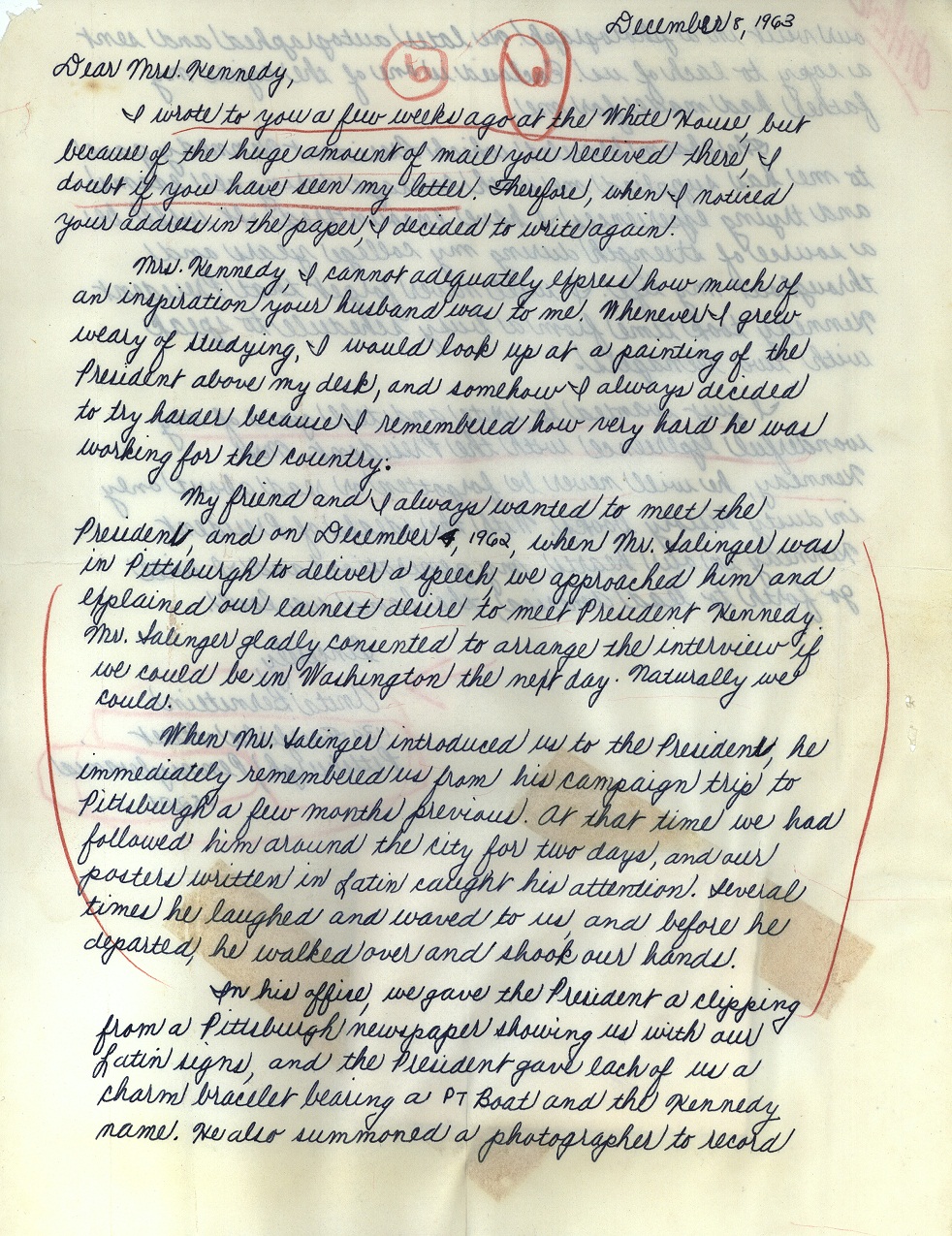
In 1976, former President Gerald Ford officially designated February as Black History Month in the U.S. Part of its purpose involved expanding the national public school curriculum to include the history of black Americans who were omitted from traditional narratives. Despite that noble intent, sometimes, the tendency to showcase important individuals and events during Black History Month can oversimplify complex historical figures and situations, diminish complicated struggles, and lead to a type of segregated history. In 2005, Oscar-winning actor Morgan Freeman called the idea of relegating black history to one month “ridiculous,” stating, in a TV news interview, “Black history is American history.”
The narrative of African Americans’ experiences throughout Boston’s history is diverse and highly complicated. Graduate students in “Transforming Digital Archives and History” have been exploring a critical and controversial time for African Americans and people of all colors and ethnicities in Boston: the desegregation of Boston Public Schools in 1974.
That year, federal judge W. Arthur Garrity ruled that Boston’s public schools suffered from de facto (by fact) segregation and he mandated their immediate integration. Many citizens supported the idea of school integration, but protested the manner in which desegregation was implemented–by busing over 18,000 black and white students away from neighborhoods. Leaders from both the black and white communities challenged the wisdom of busing students between overcrowded, similarly impoverished areas, like the predominantly black neighborhood of Roxbury and the Irish Catholic neighborhood of South Boston, and predicted the pairing would provoke intense fear, hostility, and violence. The decision unleashed a flood of rage and organized protests from both black and white parents for years. Some equated Boston to a war zone during this period, and both blacks and whites committed violent acts.
A number of compelling book and memoirs, including J.Anthony Lukas’s award-winning, Common Ground: A Turbulent Decade in the Lives of Three American Families, and videos have been published on the topic. Each sheds insight into how race, class, ethnic pride, the neighborhood loyalty affected the situation.
But what about the unpublished voices of everyday people? Working within various archives in the city, students are unearthing and reviewing thousands of emotionally-charged letters written to local, state, and federal officials by parents, students, teachers, clergy, activists, and community groups reacting to the decision.

Despite the widespread protests and violent responses to busing, archived letters reveal that the reactions to busing defy easy categorization. Some letters, like that written to Boston’s mayor, Kevin White, by 11-year old student, favored integrated schools but criticized the decision to bus students to schools outside of their neighborhoods. To minimize turmoil, this child (whose name has been redacted) proposed that teachers be bused so kids could remain in their local schools; “maybe then there wouldn’t be any more stabing [sic] & fights.”
Others who opposed busing engaged in violent attacks. In 1976–the same year Black History Month was instituted in the US–Joseph Rakes, a white teenager, lunged at Ted Landsmark, an African American lawyer and civil-rights activist, swinging a pole bearing an American flag. The attack, which occurred outside of Boston’s City Hall, was captured by Boston Herald photographer Stanley Forman.

Rakes’s attack on Landsmark escalated racial violence. Weeks later, two African American teenagers dragged Richard Poleet, a 34-year old white auto mechanic, from his car in Roxbury and beat him to death with paving stones. Community leaders of black and white neighborhoods alike accused the local media of biased and inaccurate reporting. Some criticized that media provoked retaliatory violence by broadcasting incidents of severe beatings and stabbings; at the same time, the local papers downplayed the terror many children faced in school each day.
Interested in learning more about the complicated reaction the decision to integrate Boston Public Schools? Each week over the course of Black History Month, we’ll share findings from online exhibits that graduate students in History at UMass Boston created about this tumultuous era. To learn more about the history of de facto segregation in Boston Public Schools, the link between adulterated meat products and civil rights in Boston, how students and teachers felt about busing, and how this issue transformed local mothers into outspoken activists and politicians, stay tuned!
Sources
Ronald P. Formisano. Boston Against Busing: Race, Class, and Ethnicity in the 1960s and 1970s. University of North Carolina Press (2nd Revised edition), 2004.
J. Anthony Lukas. Common Ground: A Turbulent Decade in the Lives of Three American Families. Vintage Books, 1986.
Michael Patrick MacDonald. All Souls:A Family Story from Southie. Beacon Press, 2007.
Ione Malloy. Southie Won’t Go: A Teacher’s Diary of the Desegregation of South Boston High School. University of Illinois Press, 1986.
Jim Vrabel. A People’s History of the New Boston. University of Massachusetts Press, 2014.






















